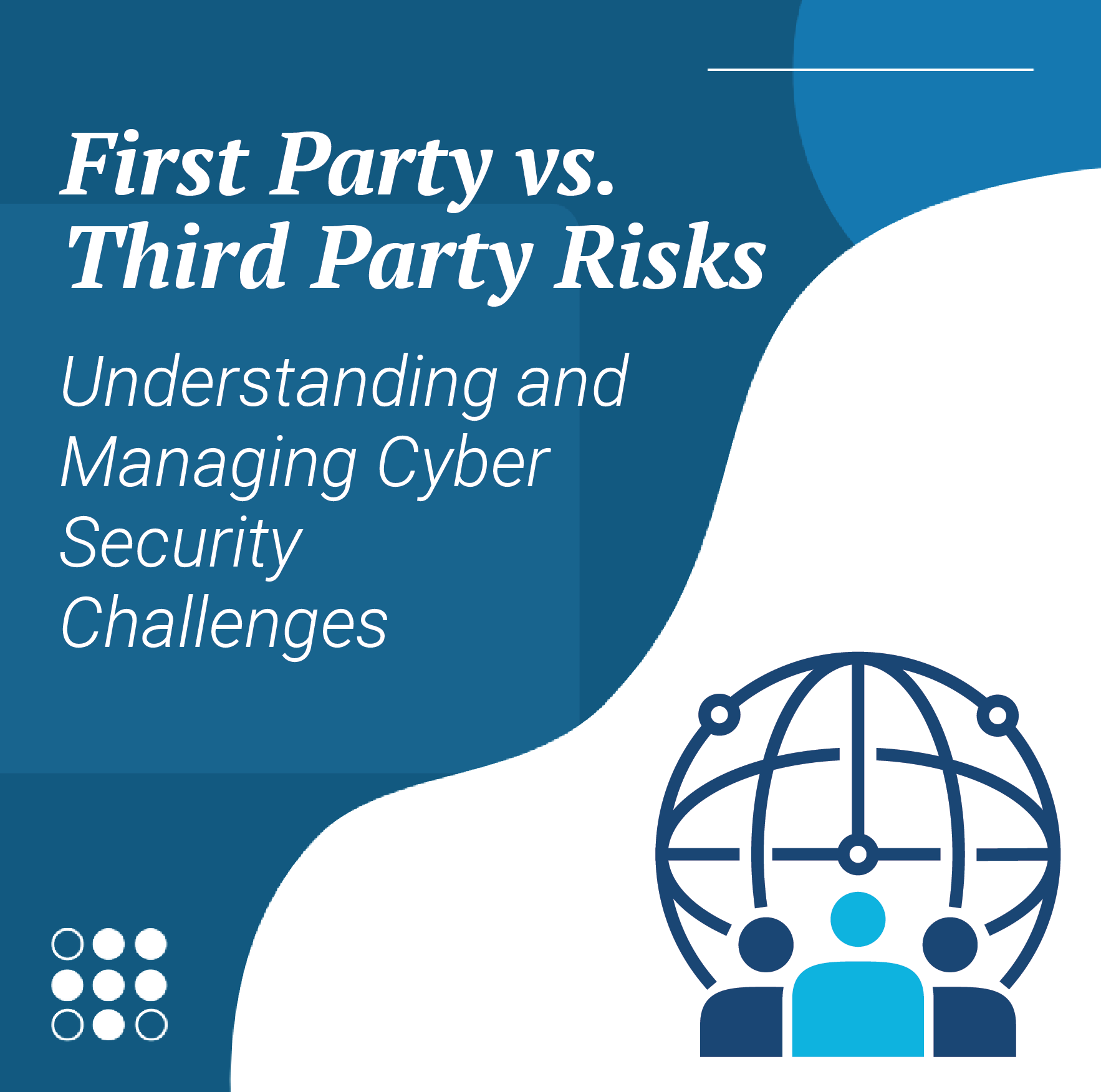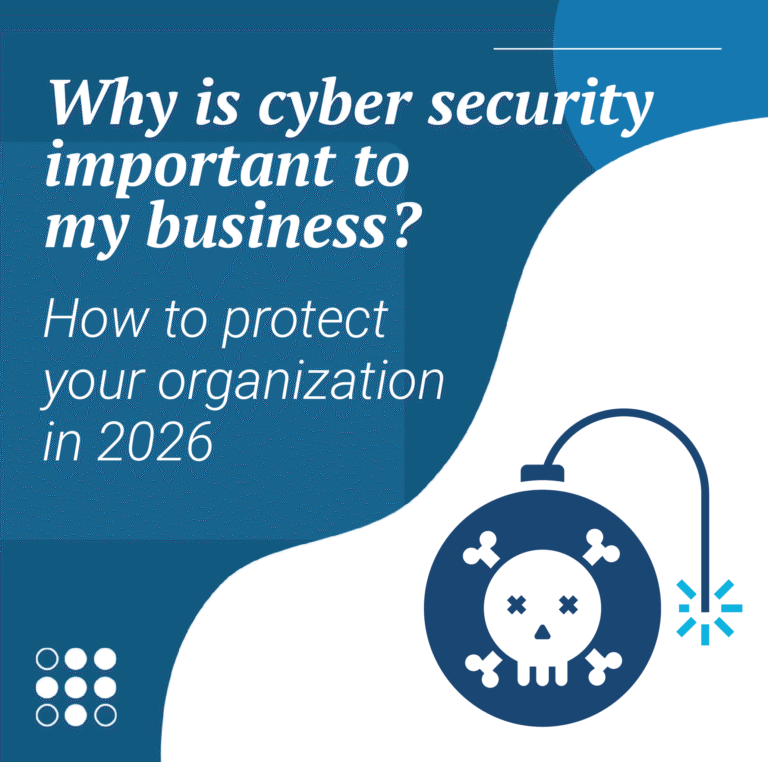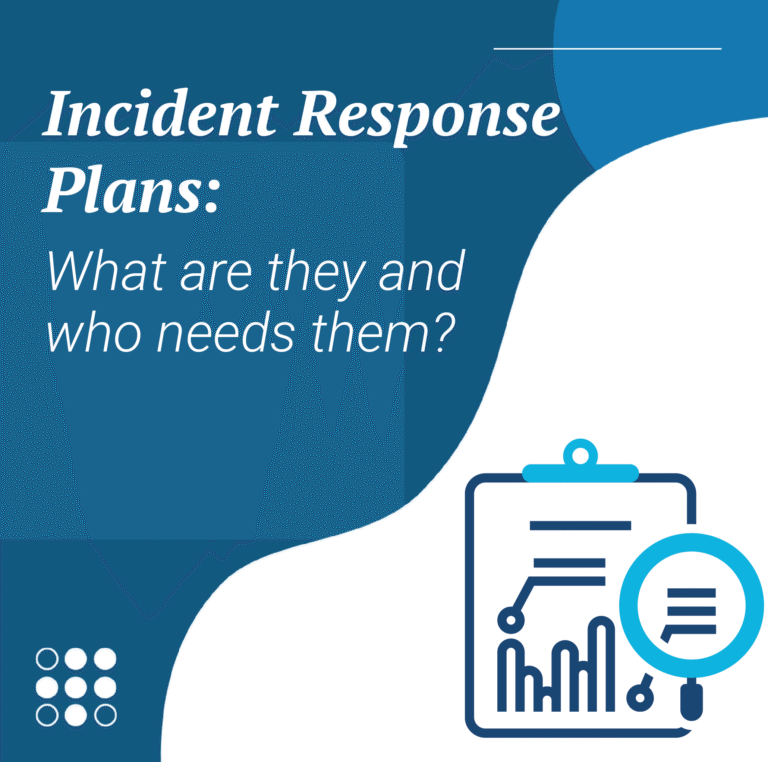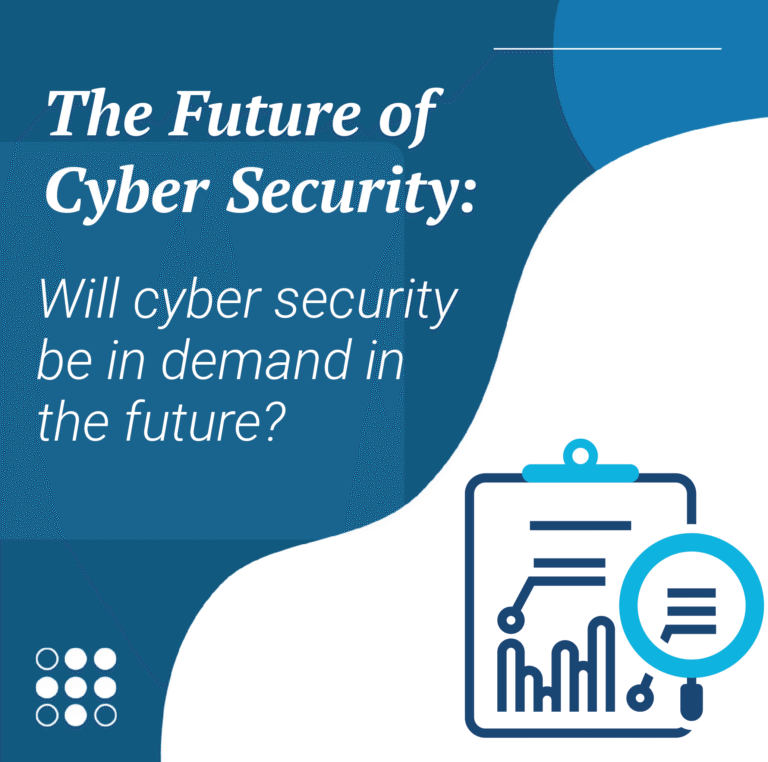First Party vs. Third Party Risks: Understanding and Managing Cyber Security Challenges
First party vs. third party risks can be quite complex.
The security controls and defenses an organization implements to protect themselves from a cyber security incident or breach, helps manage their own direct risks, or “first-party risks”.
Whereas, when an organization is impacted by security incident or breach somewhere else (through a vendor, partner or even clients), they’re called “third-party risks”. Because these are indirect, they are completely outside of the organization’s control.
In this blog post, we’ll explore first party vs. third party risks, the challenges they present, and how organizations can effectively manage both type to protect their data, reputation, and operations.
In today’s increasingly interconnected world, businesses are more dependent than ever on external partners, vendors, and service providers. While this extended enterprise model allows companies to leverage external expertise, improve efficiencies, and cut costs, it also brings significant risks—especially when it comes to cyber security.
What Are First Party Risks?
First-party risk refers to the probability and impact of a security incident within your organization. The impact of these risks can affect your business operations, data, and systems and typically arise due to internal events such as human error, system malfunctions, or direct cyber-attacks. Because these risks are internal, an organization can directly implement controls to manage the risk.
Examples of First Party Risks
- Malware Infections: When malicious software is introduced into your systems, often through infected emails or websites.
- Internal Breaches: When employees or internal systems unintentionally compromise security.
- Phishing Attacks: Fraudulent attempts to gain sensitive information or steal money. This can typically be done through deceptive emails but may also be though text messages (“smishing”) or social media interactions.
- Denial-of-Service Attacks (DoS): This is when attackers overwhelm a system with fake interactions. These interactions bog it down so much that it becomes unusable by legitimate users for normal interactions.
- Hardware and Software Failures: Technical issues that cause business disruptions, data loss, or security vulnerabilities.
Organizations often mitigate first-party risks by implementing a number of information security measures. Such as, strong internal security policies, using anti-malware software, and providing cyber security training to employees. Regular system updates, robust firewalls, encryption methods, and backup data systems also help reduce exposure to these risks.
What Are Third Party Risks?
Third-party risks are the threats posed by external parties such as vendors, contractors, service providers, and other business partners. These third parties often store information on your behalf or even have access to your systems, data, and processes. This means their security practices directly impact your organization’s security posture. As organizations continue to outsource critical functions like IT services, or customer service, third-party risk becomes a significant concern.
Third-party vendors can present numerous vulnerabilities. Even if your organization has excellent security, a breach at one of your suppliers, contractors, or partners can still lead to significant damage. This can include data breaches, operational disruptions, financial losses, and reputational harm.
Examples of Third Party Risks
- Vendor Data Breaches: When a third-party provider experiences a data breach, your data may also be exposed.
- Operational Disruptions: If a vendor fails to deliver critical services or products, your operations can be disrupted. This leads to downtime and revenue loss.
- Regulatory Risks: A third-party’s failure to comply with local laws can put your organization’s compliance status at risk.
- Reputational Damage: If a third-party mishandles your data or provides faulty products, it could harm your reputation with customers and stakeholders.
First Party vs. Third Party Risks: Key Differences
While both first-party and third-party risks can have a severe impact on your organization, there are key differences. Understanding these distinctions is crucial for designing effective risk management strategies.
1. Control and Oversight:
- First-Party Risks: You have more control over first-party risks since they stem from within your organization. With appropriate cyber security policies, employee training, and internal audits, you can proactively manage these risks.
- Third-Party Risks: With third-party risks, your ability to directly control security practices is limited. You need to conduct vendor risk assessments to ensure they uphold strong security measures and avoid vulnerabilities.
2. Responsibility:
- First-Party Risks: Responsibility for managing first-party risks lies entirely within your organization. It’s up to you to implement and enforce the necessary security controls.
- Third-Party Risks: Third-party risks require shared responsibility. While your vendors and partners must maintain strong security measures, your organization must also vet third parties, establish clear contracts, and continuously monitor their security practices.
3. Potential Impact:
- First-Party Risks: These risks typically affect your internal systems, data, and operations. While they can lead to significant financial and reputational damage, you can often contain the impact if you act quickly.
- Third-Party Risks: Third-party risks can have a broader impact, as a breach or failure at a vendor can disrupt your entire supply chain, affect customer relationships, and expose sensitive data. The consequences may be far-reaching and harder to contain.
How to Manage First Party and Third Party Risks
Both first-party and third-party risks require a proactive approach to management. However, the strategies for managing them differ due to the varying levels of control and oversight.
How to Manage First Party Risks
- Employee Training: One of the most effective ways to prevent first-party risks is to ensure your employees are well-trained in cyber security best practices. Regular training on topics like phishing, password management, and secure file sharing can help reduce human errors that lead to security incidents.
- Cyber security Tools: Implementing advanced technical (cyber security) tools such as anti-malware software, firewalls, and encryption systems can protect against many types of first-party risks. Regular updates and patches to your systems ensure that vulnerabilities are minimized.
- Incident Response Plan: Having a well-defined incident response plan allows your organization to act quickly and effectively in the event of a security incident. This plan should include clear steps for containment, investigation, and recovery.
- Regular Audits: Conducting regular security audits and testing both the strength of your security (e.g. penetration testing) and the effectiveness of your response plan when an incident occurs will help identify and address weaknesses in your systems, policies, and procedures before they are exploited.
How to Manage Third Party Risks
- Master Service Agreement (MSA): A clearly defined MSA with your vendors and partners will help mitigate operational risks. These agreements should outline the expected performance levels, security standards, and consequences for non-compliance. For business-critical vendors and partners, it’s also wise to have backups providers in place to ensure business continuity.
- Vendor Risk Assessment: One of the most important steps in managing third-party risks is assessing your vendors before you onboard them. This should include a thorough evaluation of their security practices, compliance with regulations, and financial stability. Regular assessments throughout the vendor lifecycle will help ensure they continue to meet your standards.
- Third-Party Risk Management Program (TPRM): A formal TPRM program can help you manage risks from your external partners. This program should include an inventory of all third-party vendors, an ongoing vendor assessment process, and continuous monitoring for any security incidents or breaches.
- Regular Monitoring and Auditing: Third-party vendors need to be continuously monitored to ensure they maintain strong security standards. Regular audits and performance reviews will help identify any potential risks early, allowing you to take corrective actions before an incident occurs.
- Collaboration and Communication: Building strong, transparent relationships with your vendors and partners is crucial. Open communication helps ensure that both parties are aligned on expectations, compliance requirements, and security standards.
The Growing Importance of Third-Party Risk Management
As businesses increasingly rely on third-party vendors to handle critical operations, the risks associated with these external relationships continue to grow. Data breaches originating from third-party vendors are becoming more common, and regulatory pressures around supply chain security are increasing. In fact, studies have shown that a significant number of security breaches are caused by third-party failures. A comprehensive third-party risk management strategy is no longer optional—it is a necessity for businesses of all sizes.
Conclusion: Balancing First-Party and Third-Party Risks
While first-party risks and third-party risks each pose unique challenges, organizations must address both to safeguard their data, operations, and reputation. Proactively managing first-party risks through strong cyber security measures and employee training can help mitigate internal vulnerabilities. At the same time, managing third-party risks through vendor assessments, strong MSAs, and continuous monitoring ensures strong external relationships.
The key to success lies in recognizing that both first-party and third-party risks are equally important and must be treated with the same level of attention and diligence. By taking a proactive approach to both, organizations build resilient cyber security strategies. This protects against internal and external threats alike.



